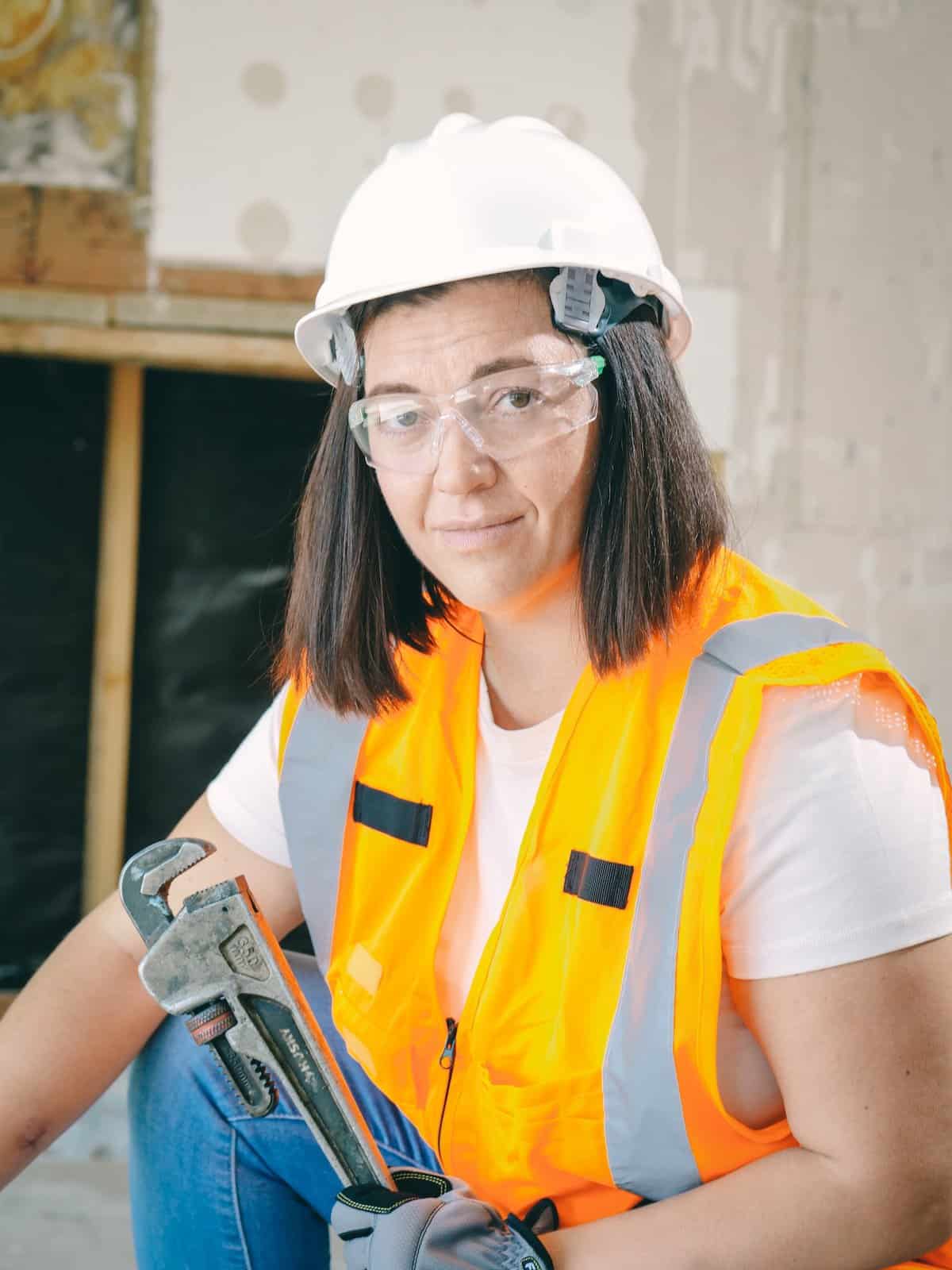Relied On Plumbing Services Alabaster AL for All Your Repairs
Relied On Plumbing Services Alabaster AL for All Your Repairs
Blog Article
A Step-by-Step Overview to Effective Water Heater Setup for Optimal Efficiency
Getting started on the job of mounting a water heating unit is an endeavor that demands accuracy and an organized strategy for accomplishing optimal efficiency. As you proceed, the details of linking water supply lines and establishing up dependable electrical or gas connections wait for, encouraging understandings right into guaranteeing performance and dependability.
Picking the Right Hot Water Heater

Next, consider the size and capacity of the hot water heater. It's important to evaluate your household's hot water requirements, which can vary based on the variety of owners and their usage patterns. A system that's too tiny may cause insufficient warm water, while an oversized design might result in unnecessary energy usage.
Effectiveness scores likewise play a crucial role in choice. Seek hot water heater with high Energy Element (EF) scores, suggesting superior efficiency and reduced energy usage. Tankless versions, though normally extra costly ahead of time, offer substantial power savings in time as a result of their on-demand home heating abilities.
Preparing the Installment Location
Before installing a new water heater, meticulous preparation of the installation area is essential. It's essential to gauge the area meticulously to fit the water heating system's measurements, making sure sufficient clearance around the unit for reliable procedure and servicing.
Inspect the flooring for stability, as the water heater will certainly need a strong, level surface area to operate efficiently. If essential, mount a drip pan beneath the system to catch possible leaks or spills, preventing water damage to the surrounding area.
In addition, make sure that all necessary devices and materials are on hand before beginning the installment. This consists of products such as wrenches, screwdrivers, a level, and any kind of additional hardware needed for placing and safeguarding the heating system. A well-prepared installment area establishes the structure for an effective water heating system arrangement, enhancing efficiency and safety and security.
Connecting Water System Lines
When linking water lines to your newly installed hot water heater, it is crucial to ensure that all connections are protected and leak-free to preserve reliable operation and stop water damage. Begin by recognizing the cool and warm supply of water lines. The cool water inlet is generally marked with a blue label or a "C", while the warm water electrical outlet is marked with a red tag or an "H".
Use versatile water heater ports to assist in a much easier setup procedure. Prior to attaching the adapters, position a plumber's tape around the threaded ends of the water heating unit's inlet and electrical outlet pipes.
As soon as links remain in place, slowly transform on the primary water system shutoff. Check each connection for leakages by visually really feeling and examining for wetness. Tighten connections as needed, and make certain the stress safety valve is properly mounted, safeguarding versus excessive pressure build-up.
Establishing Up Electrical or Gas Links
Properly establishing up the electrical or gas links for your water heating unit is a critical action to make certain risk-free and reliable procedure. For electrical water heaters, begin by verifying that the electric circuit is compatible with the heater's voltage and amperage requirements.
For gas water heaters, safety and security is extremely important. Confirm that the gas supply is off prior to proceeding. Connect the gas line to the hot water heater making use of an adaptable gas port, ensuring it is properly threaded and sealed with pipeline joint compound or Teflon tape suitable for gas connections. Tighten the connections with a wrench, making sure not to over-tighten (Plumbing Services Alabaster AL).
Once links are made, check for any possible leaks. For gas lines, apply a soapy water solution to the joints; bubbles suggest a leak. For electrical links, verify that all circuitry is protected and appropriately insulated, preserving conformity with local electric codes.
Checking and Changing for Efficiency
With the electrical and gas links safely in position, the next step is reviewing the operational efficiency of your water heater. Begin by meticulously activating the supply of water and ensuring there web link are no leaks at any one of the valves or joints. As soon as validated, proceed to fill the tank, taking note of the pressure and temperature level settings. It is advisable to establish the thermostat to a suggested temperature of around 120 ° F(49 ° C) to balance power effectiveness and comfort.
Following, perform a thorough assessment to make sure the heating aspects or burner are working correctly. For electric heating systems, make use of a multimeter to verify if the aspects are attracting the appropriate existing. In gas versions, observe the burner flame; it needs to be blue and steady, suggesting reliable combustion.
Readjust the setups as necessary to eliminate ineffectiveness. Consider carrying out insulation procedures, such as adding a hot water heater covering, to further improve efficiency by minimizing warm loss. Additionally, check the anode pole's problem, as a shabby rod can minimize efficiency and result in container rust.
Conclusion
Efficient water heating system installation is important for making sure optimum performance and power cost savings. Firmly connecting water supply lines and meticulously setting up electric or gas links minimize possible problems.

Appropriately setting up the electric or gas links for your water heater is an essential step to make sure reliable and safe procedure. For electrical water heating systems, begin by validating that the electrical circuit is suitable with the heating unit's voltage and amperage needs. Connect the gas line to the water heating unit utilizing a flexible gas adapter, ensuring it you can look here is effectively threaded and secured with pipe joint substance or Teflon tape ideal for gas connections.
Report this page